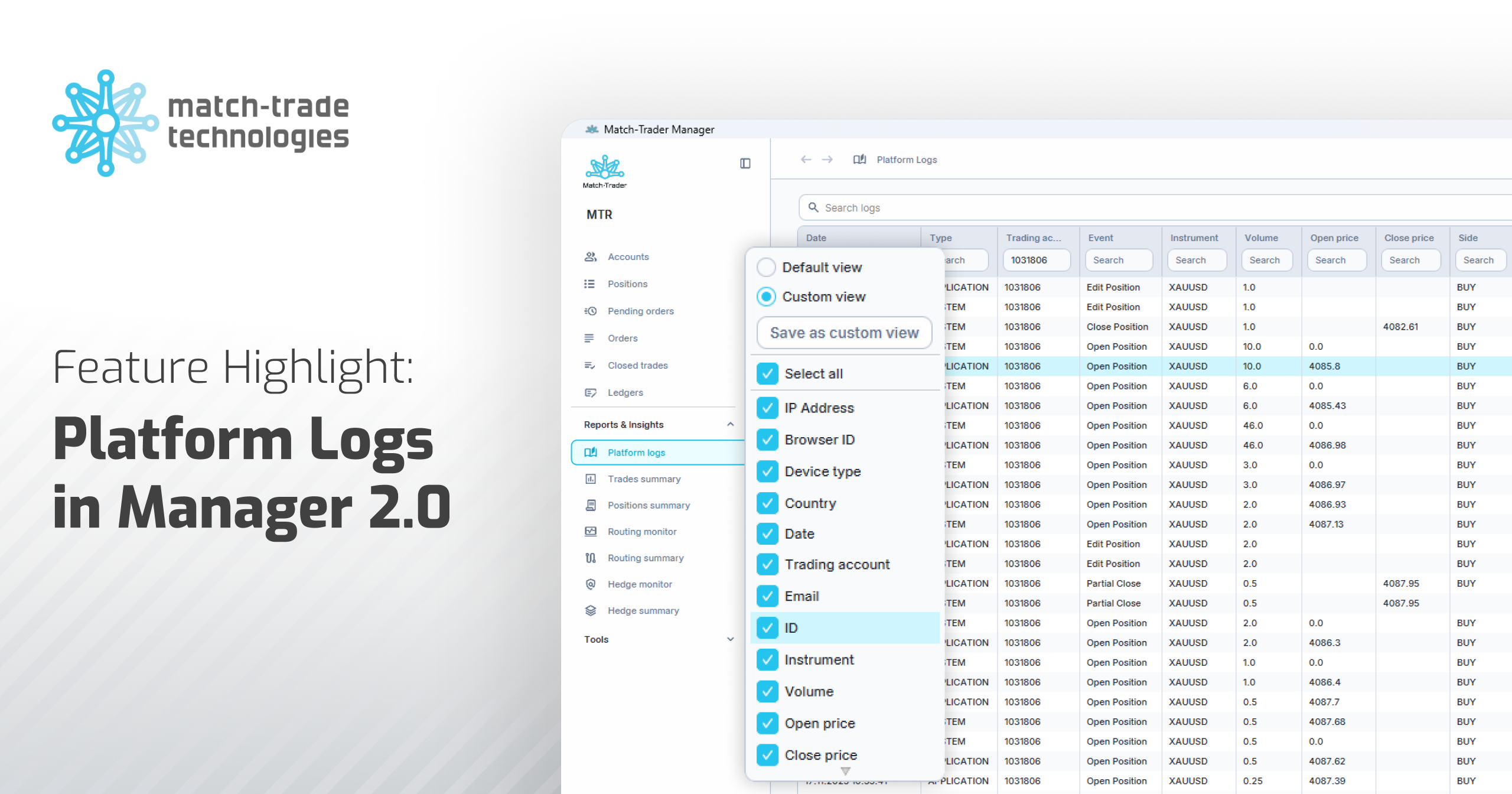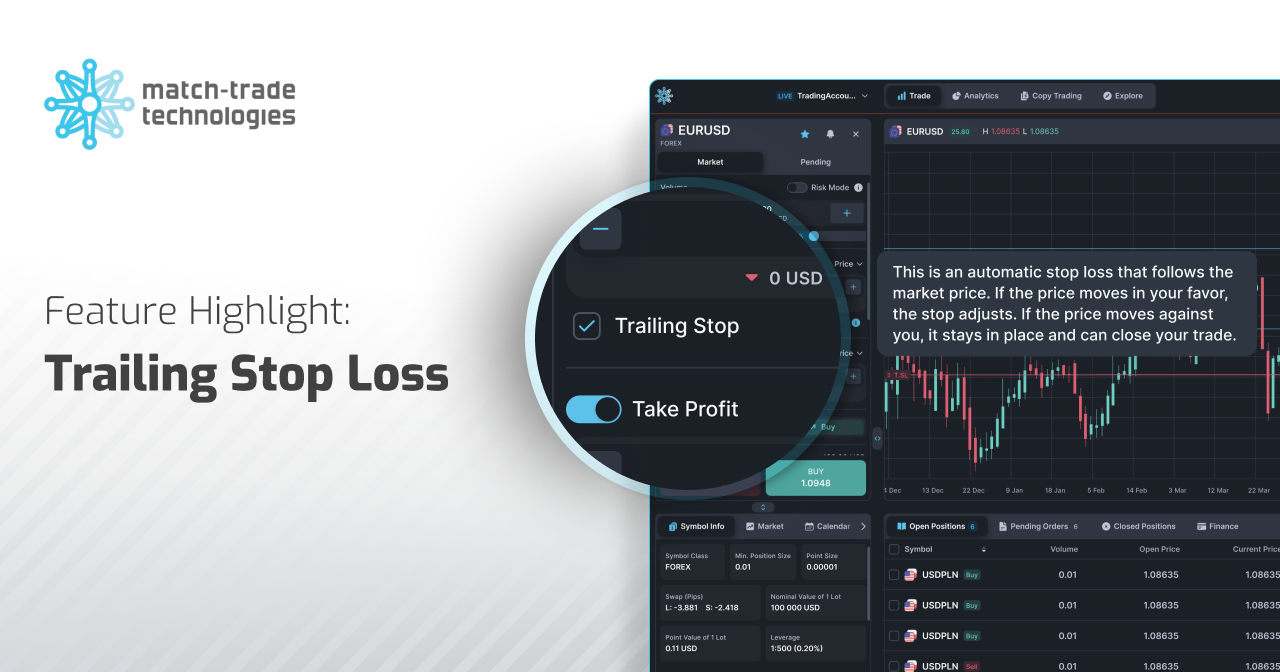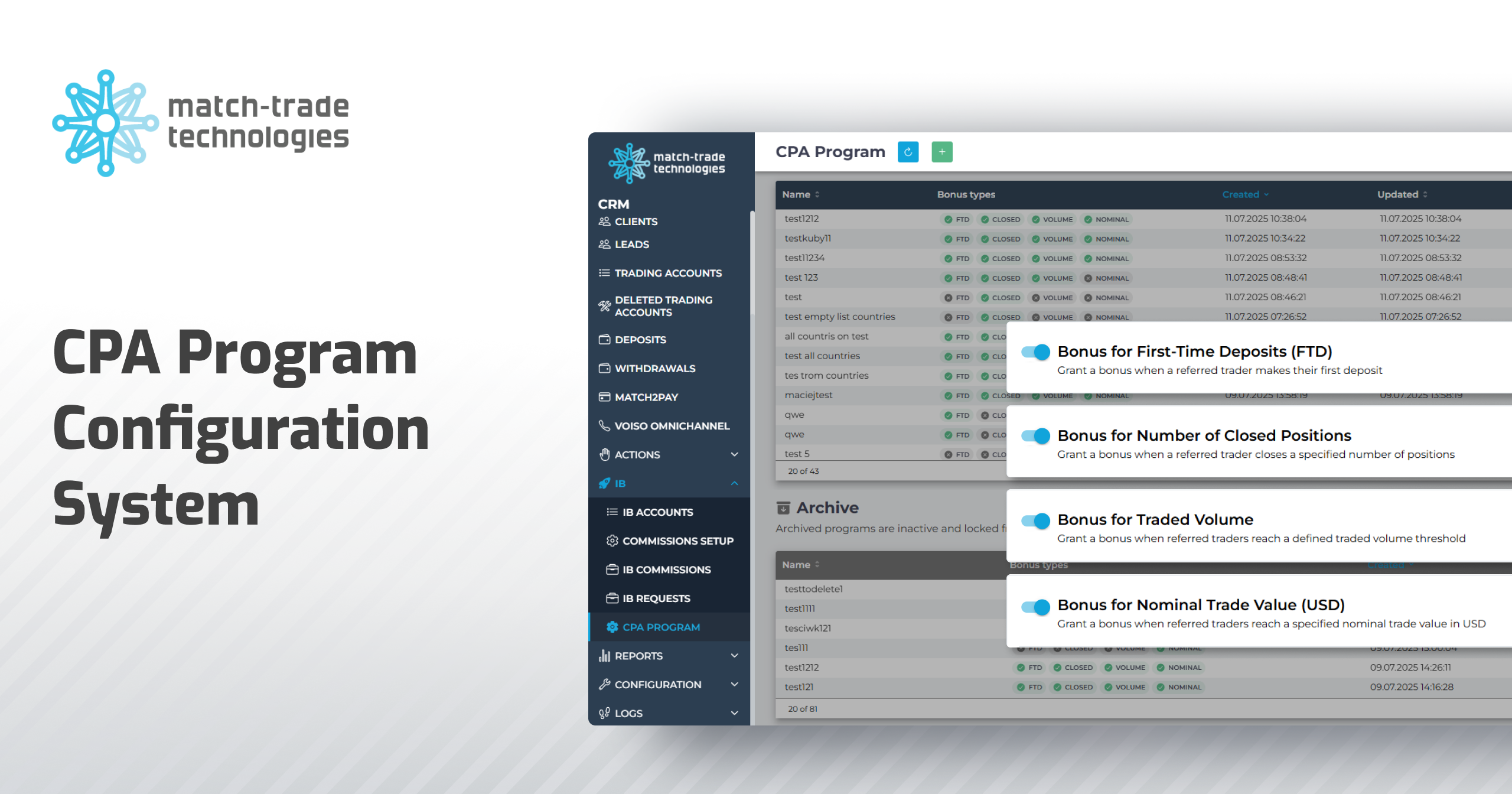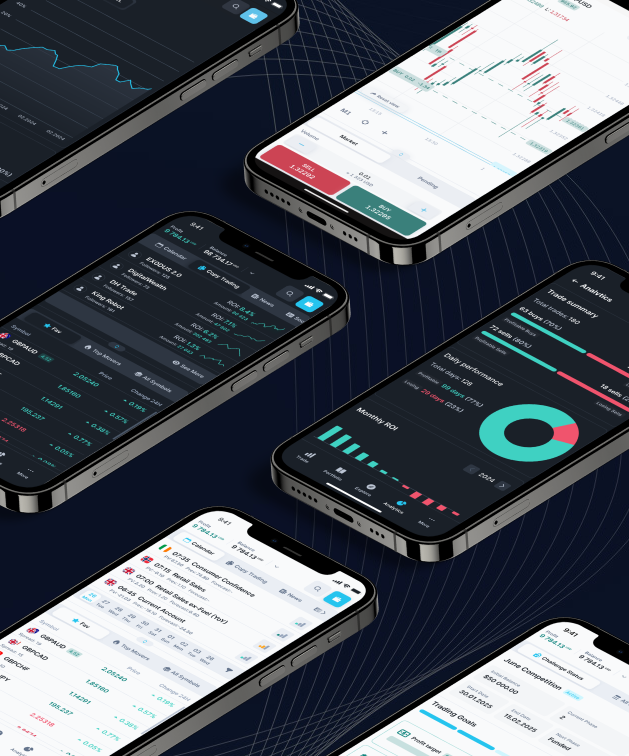There are different crypto wallet solutions. When speaking about Bitcoin’s wallet, the key point to consider is its access to the Internet. This feature divides wallets into two categories: hot and cold wallets. It’s like keeping some funds at the bank teller desk so customers can access them any time they want. The rest of it, though, is kept in a vault. In other words, hot and cold wallets are security measures that exchange platforms use to protect their customers’ funds.
The advantages of a hot wallet
Hot wallets are always in some way connected to the Internet. As a result, funds theft may occur. However, there are also significant advantages of hot wallets that are impossible to overlook. They allow software developers adoption to their applications. It enables withdrawing cryptocurrencies easily with no need for third-party users like exchange support to access the private key.
Secure crypto wallet solutions?
There are custom protection methods on the market to keep the funds secure. They include different confirmation procedures for higher withdrawals and two-step login. But that’s not the only thing that makes hot wallets closer to the security level of cold storage. The whole blockchain technology was created around the idea of decentralisation, and what fits better than multisig? The whole point is to dissipate trust by requiring two or even three keys to access the funds. In other words, this makes it nearly impossible for hackers to steal funds.
What kind of wallet is an exchange itself?
An exchange is a specific type of hot wallet where clients do not possess a private key. They completely entrust the funds to the exchange operator and have no influence on whatever happens to them. However, each customer can create a so-called warm wallet on his mobile phone or desktop if they want to use the benefits the private key provides. Receiving after-fork coins or managing ICO tokens, to name just a few.
The handiest wallets we recommend are:
- Exodus (for desktop),
- Jaxx for desktop and mobile devices,
- Coinomi (also for mobile) supports even 64 cryptocurrencies.
What’s worth mentioning, warm wallets are more vulnerable to cybercrime. The protection of exchange wallets is much more advanced due to the cooperation of a trustee. For example, a law firm that makes sure the keys do not fall into the wrong hands.
Is a cold wallet a better option to store crypto?
A paper wallet (a type of cold wallet) is a printed version of a public address and private key. As they are both generated offline, it’s the best way to secure your cryptocurrencies from hackers. Just remember to check if your computer is virus-free before generating the keys. Simply download the Bitaddress generator from the GitHub website and run bitaddress.org.html.
As the public address is used for sending funds to the wallet, there is no need for the wallet to be connected to the Internet. Private keys, however, allow withdrawing the crypto from the wallet; to do so, it needs to stay connected. Cold wallets are never connected to the Internet – once you use a private key from your paper wallet while online, you can’t consider it cold storage anymore. So, in reality, it’s tough to only maintain a paper wallet.
Crypto wallet solutions – “hardware wallets”
Trying to eliminate the hassle, some companies have created ‘hardware wallets’. The most important feature that makes them the “Bitcoin safe storage” is that they return the signed message without the private key ever leaving the device. Stored cryptocurrencies are secured by the microchip which is additionally secured by a numeric password. Ledger and Trezor are the most often used hardware wallets. They are secured with BIP-44 seed backup in case of device failure.
How to manage hot/cold wallets?
Keeping all funds on a hot wallet is very high risk due to its uncertain safety. On the other hand, using a cold wallet only can be really inconvenient. Good practice for a cryptocurrency exchange is to never store too many funds on a hot wallet. It protects the customers and the exchange itself. The Pareto principle seems to be applicable, but with some restrictions. While keeping 20% of funds in a hot wallet and 80% in cold storage you always need to check your liquidity. A proper exchange will process withdrawal requests immediately but only when the exchange uses an integrated and well-designed hot wallet with sufficient funds. Otherwise, hours-long delays may occur. Alternatively, all surplus liquidity should always be transferred to the cold wallet.





